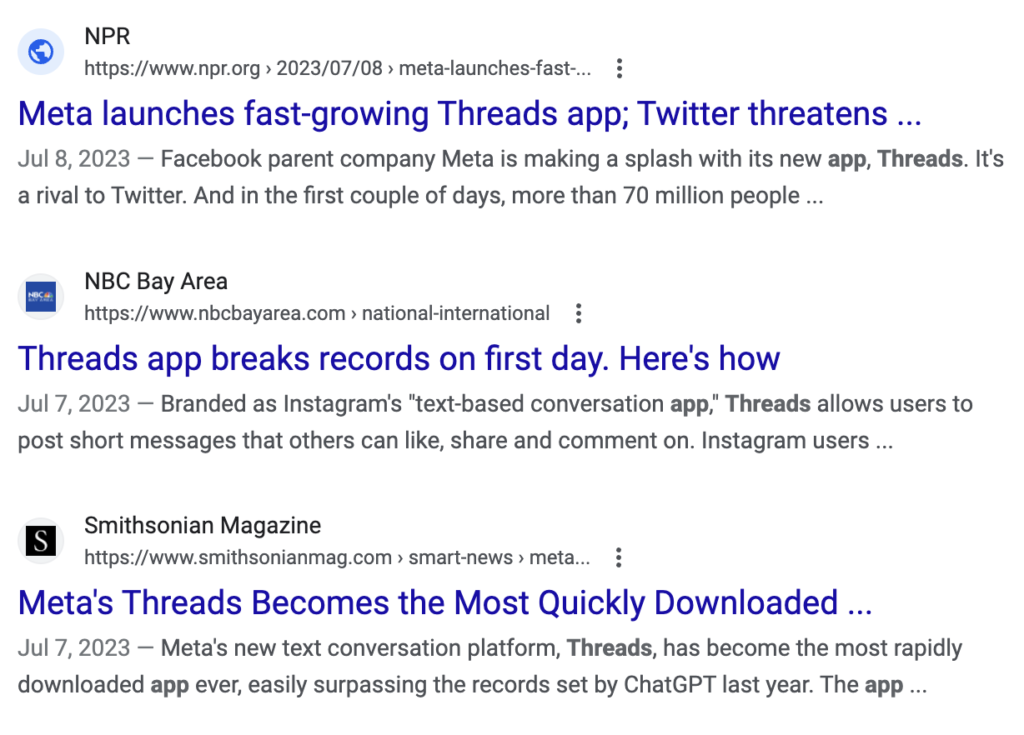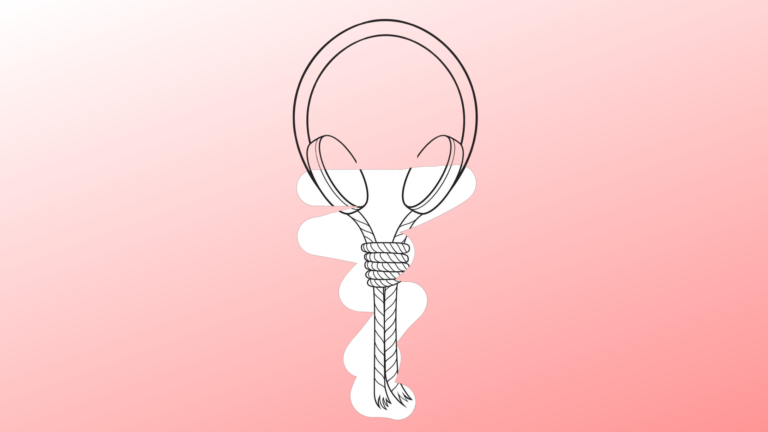Introduction
When Threads launched a few weeks ago, I predicted that it would fail, and quickly at that. In my blog post, “Why Meta’s Twitter Clone Will Fail,” I justified my pessimism by referencing some of the known laws of network effects. Here is a brief summary of my argument:
“Share your thoughts” social media platforms like Twitter and Threads really consist of an asymmetric network. Their value proposition rests on their ability to connect “content creators” with “content consumers.” Content creators represent the “hard side” of this network; that is, the cohort of users that are most important, and typically hardest to attract. Put all of the world’s most influential people on a social media network, the content consumers will come. Put an equal number of content consumers on a social media network, they will leave before the content can arrive to fulfill their demand.
Amongst some other claims, my biggest argument was that the most important twitter users were already too entrenched in the twitter sphere for a platform shift to be a rational move. I’d like to reiterate here that my argument is not an endorsement nor criticism of Musk, Zuckerberg or their companies.
I wrote this post on the day Threads launched. As I usually do, I looked around various news stories and opinion posts for perspectives in (dis)agreement with my own. Given that Threads was at peak hype, and its launch had blown away expectations, I legitimately could not find one article that gave a decisive prediction of a Threads flop. The vast majority were optimistic, while some were neutral.

The Tide Has Turned
It is not difficult to be correct about a matter that only has two outcomes. In this case: Threads fails or succeeds. With that being said, I would like to point out that part of my prediction described a timely failure:
“I truly believe that this question will be answered very shortly. Like within the next week or two. Soon the allure of a new Twitter will fade and it will become clear whether or not Threads can still grow, or even maintain activity from their 70 million users.”
As should be clear by now, Threads has not fared well since these first few successful days. It quickly reached 100M signups, but user activity has been steadily declining: 49 million on 7 July, 24 million on July 14, and 12 million on 22 July, according to Similarweb.

As the title indicates, I quite literally “bet” financially on this outcome. It should be noted that I am an inexperienced trader, and rarely if ever make market transactions hoping for a short-term payoff; this, I’ve always suspected, is gambling. With that being said, when on July 12th I saw that Meta’s stock price had increased by about 6-7%, a gain I largely attributed to a successful Threads launch, I decided to bet against the stock; I purchased a $450 put-option and waited. Despite miss-timing the peak and dip, I sold this option for 1420 on July 21st for a profit just under $1000.
Returning to our discussion – Given that Threads is far from being dead, it is unsurprising that commentators are still hesitant to call it a “fail.” Indeed, Zuckerberg describes the declining user retention as “normal.”
Another Quick Prediction
This decline is not normal and incredibly worrisome for Meta. It might even be described as a self-fulfilling prophecy. As more users go inactive, the value for incumbent users declines. Put differently, it would be an incredible feat if Threads could return to their peak 49 million active users, let alone surpass it.
Re-engaging inactive users, colloquially known as “dark nodes,” is a very difficult task. More often than not, they have already made up their minds on the service. If you agree with me that the value of a Threads or Twitter is largely driven by the quantity and quality of content, then I find it very difficult to believe that Threads could regain ground by the mere addition of “much needed features.”
Twitter (now called X??) has almost twenty times more active users than those 12 million on Threads (probably less by now). This differential, I suspect, highly correlates to the perceived value of these platforms. Once this differential trends towards a direction (expanding, as it has been for weeks), there is much inertia involved in changing its course.
Gut instinct prediction – If I had to throw out the probability of a reversal, I would say that there is no better than a 10% chance Threads regains its ground to 50M active users, and a 1% chance it ever becomes a Twitter killer.






